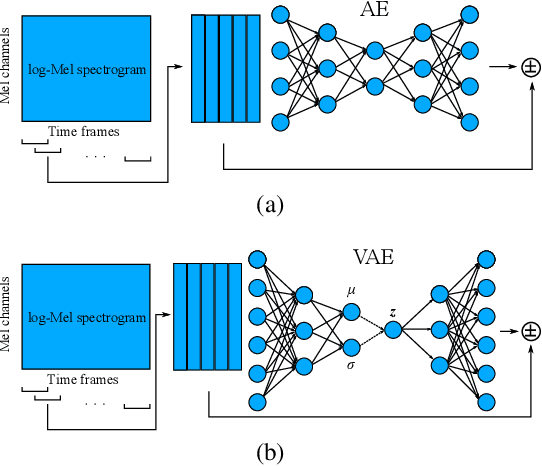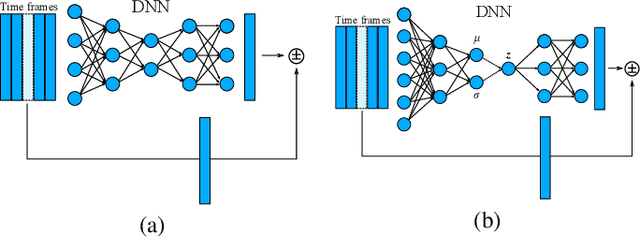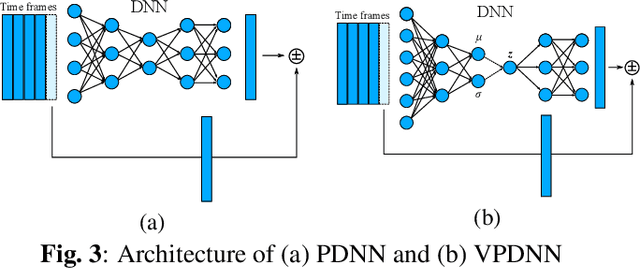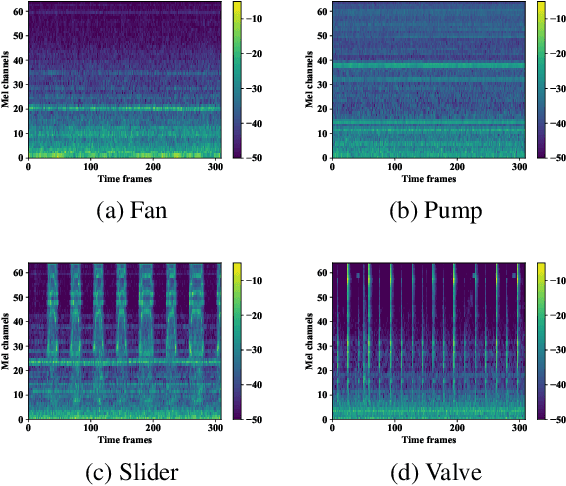Anomalous sound detection based on interpolation deep neural network
Paper and Code
May 19, 2020



As the labor force decreases, the demand for labor-saving automatic anomalous sound detection technology that conducts maintenance of industrial equipment has grown. Conventional approaches detect anomalies based on the reconstruction errors of an autoencoder. However, when the target machine sound is non-stationary, a reconstruction error tends to be large independent of an anomaly, and its variations increased because of the difficulty of predicting the edge frames. To solve the issue, we propose an approach to anomalous detection in which the model utilizes multiple frames of a spectrogram whose center frame is removed as an input, and it predicts an interpolation of the removed frame as an output. Rather than predicting the edge frames, the proposed approach makes the reconstruction error consistent with the anomaly. Experimental results showed that the proposed approach achieved 27% improvement based on the standard AUC score, especially against non-stationary machinery sounds.
 Add to Chrome
Add to Chrome Add to Firefox
Add to Firefox Add to Edge
Add to Edge